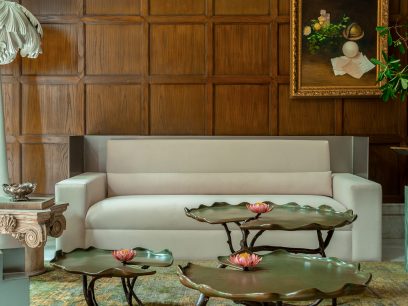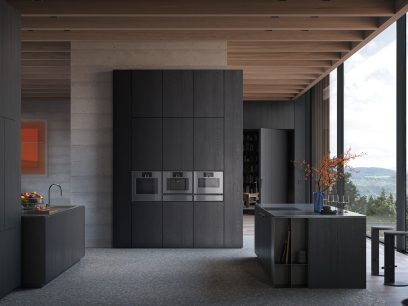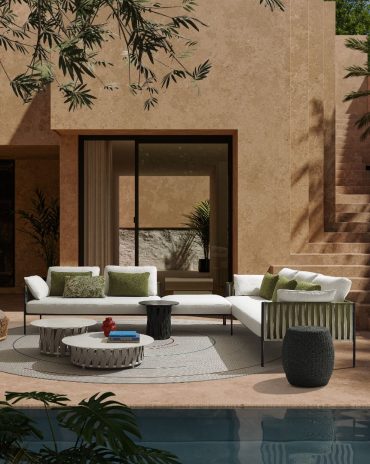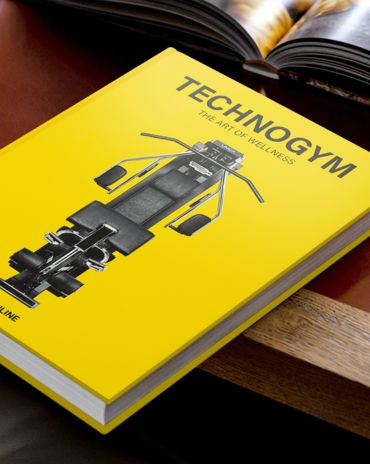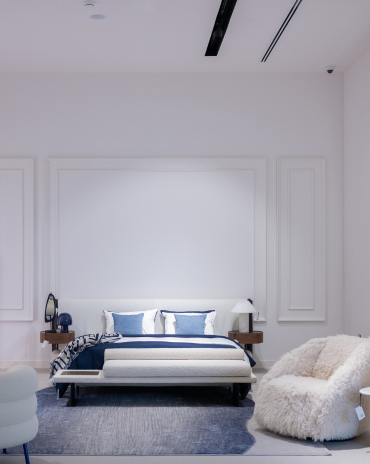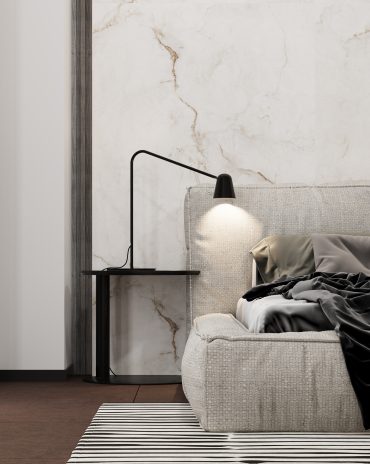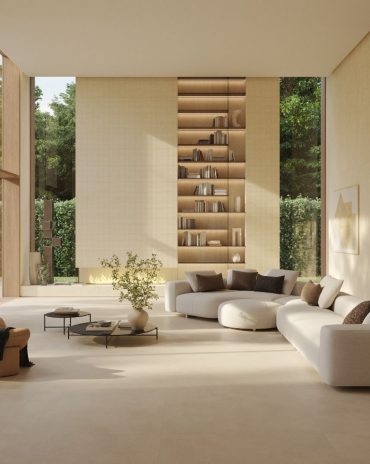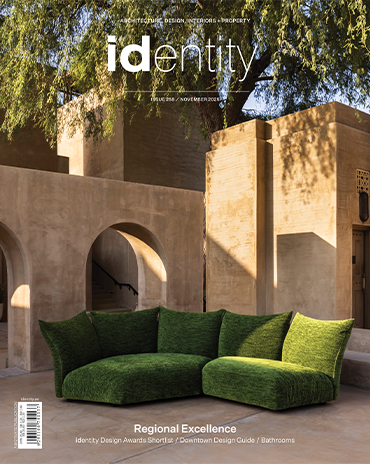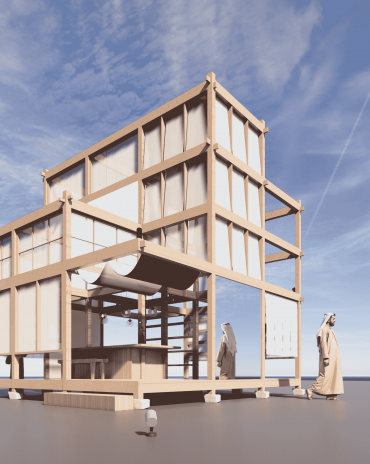Copyright © 2025 Motivate Media Group. All rights reserved.
Rebuilding Beirut: ‘We should think of reconstruction methods that rely on local know-how’ says Bernard Khoury
Beirut-based architects and designers share stories from the day of the Beirut blast

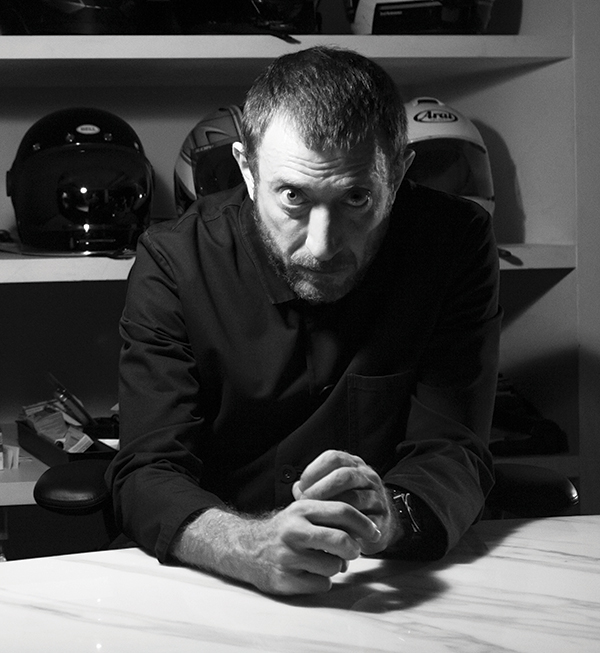 Can you describe your experience in the moment of the blast on August 4? Bernard Khoury: I was trying to open a large window. The lock was jammed. The blast blew the window open. All doors, windows and frames flew out of place. Our office is located in the quarantine sector, in the vicinity of the port. It was heavily damaged. There were about 15 of us in the office, but our injuries were not too serious: bad cuts resulting in stitches. We’re all fine, and the office is being rehabilitated. Good soldiers get back on their feet instantaneously.
Can you describe your experience in the moment of the blast on August 4? Bernard Khoury: I was trying to open a large window. The lock was jammed. The blast blew the window open. All doors, windows and frames flew out of place. Our office is located in the quarantine sector, in the vicinity of the port. It was heavily damaged. There were about 15 of us in the office, but our injuries were not too serious: bad cuts resulting in stitches. We’re all fine, and the office is being rehabilitated. Good soldiers get back on their feet instantaneously.
How are you currently feeling after the incident? Invincible but somehow tired.
Did your projects suffer any damages? Many of our buildings got damaged; some much more than others. Buildings can also heal, but the scars should remain visible.
The level of community and solidarity between the Lebanese community has been such an inspiration to everyone. Do you have hope that you will be able to rebuild the city? Our city is in constant convalescence. It has been the case for the past few decades. Since my return to the so-called ‘post-war Beirut’, I have worked on a number of delicate and complex situations. In the absence of a serious and collective approach to reconstruction, we have – and will – deal with each specific situation by bringing forward meaningful strategies for each and every condition.
How do you think the design and architecture community in Lebanon and outside can come together to rebuild the studios, homes and heritage buildings? What is more important than architecture is what precedes the architectural act. So far, we have seen heroic initiatives from the civil society. The bankrupt and corrupt state institutions have, once again, failed to perform the most basic tasks and responsibilities that were supposedly given to them.
“We should think of rehabilitation and reconstruction methods that rely on local know-how rather than blindly adopting international standards of the construction industry.”
What are some of the main challenges in rebuilding the city? The most obvious challenge is financial. This city is in desperate need of funds. These will hopefully be given to non-governmental organisations that will channel them directly and in the most effective ways, where needed. On a more architectural and technical level, we should think of rehabilitation and reconstruction methods that rely on local know-how rather than blindly adopting international standards of the construction industry, including the sky-rocketing costs of imports and all materials that rely on foreign currencies. We should revive and reconnect with local artisans and take this opportunity to celebrate their know-how. This is not just a pragmatic and economical posture. It is a form of resistance; it is also a political act.
Are you able to comprehend what the future in Beirut may look like and what is everyone’s responsibility in this? I am much more worried about the present. Give the present the seriousness it deserves, and the future will take care of itself.
The Latest
The language of weave
Nodo Italia at Casamia brings poetry to life
The Art of the Outdoors
The Edra Standard Outdoor sofa redefines outdoor living through design that feels, connects and endures
The Art of Wellness
Technogym collaborates with Assouline to release a book that celebrates the brand’s 30-year contribution to the fitness industry
The Destination for Inspired Living – Modora Home
Five reasons why you need to visit the latest homegrown addition to the UAE’s interiors landscape
Elemental Balance — A Story Told Through Surfaces
This year at Downtown Design 2025, ClayArk invites visitors to step into a world where design finds its rhythm in nature’s quiet harmony.
The identity Insider’s Guide to Downtown Design 2025
With the fair around the corner, here’s an exciting guide for the debuts and exhibits that you shouldn’t miss
A Striking Entrance
The Oikos Synua door with its backlit onyx finish makes a great impression at this home in Kuwait.
Marvel T – The latest launch by Atlas Concorde
Atlas Concorde launches Marvel T, a new interpretation of travertine in collaboration with HBA.
Read ‘Regional Excellence’ – Note from the editor
Read the magazine on issuu or grab it off newsstands now.
Chatai: Where Tradition Meets Contemporary Calm
Inspired by Japanese tea rooms and street stalls, the space invites pause, dialogue, and cultural reflection in the heart of Dubai Design District
A Floating Vision: Dubai Museum of Art Rises from the Creek
Inspired by the sea and pearls, the Dubai Museum of Art becomes a floating ode to the city’s heritage and its boundless artistic ambition.
Heritage Reimagined
Designlab Experience turns iconic spaces into living narratives of Emirati culture, luxury, and craftsmanship.


